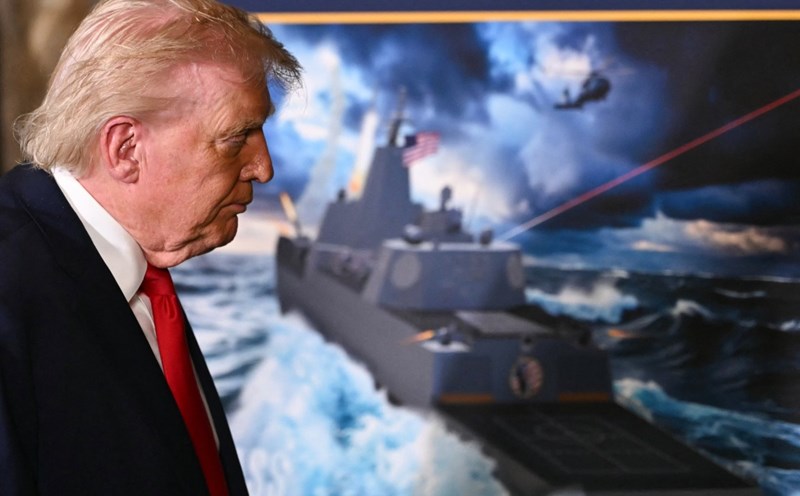Live Science reported that ITER - the $28 billion thermal reactor in France - has installed the final magnet coil. However, this reactor itself will not be fully operational until 2039 at the earliest.
The heat-intshribed reactor of the International energy project (ITER) - including 19 giant magnetic coils wrapped in a ahead-of-the-canvas - was originally planned for full testing in 2020. Currently, scientists say that ITER will be exploited as early as 2039.
This means that thermal energy, in which ITER's tokamak kilns are at the forefront, is unlikely to appear in time to become a solution to the climate crisis.
It is certain that ITERs delays are not going in the right direction. Regarding the impact of the nuclear synthesis reaction on the problems that humanity is facing today, we should not just sit and wait for Inter Inter to solve them," said Pietro Barabaschi, CEO of ITER, at a press conference on July 3.
ITER is the world's largest nuclear reactor and a product of cooperation between 35 countries - including all countries in the European Union (EU), the UK, China, India and the US. ITER contains the world's strongest magnet, making it capable of generating a magnet 280,000 times stronger than the Earth's.
ITER's design also uses a tokamak oven, in which hydrogen is pumped into a donut-shaped vacuum and heated to create plasma, simulating conditions in the Sun core - therefore ITER is also known as the world's largest artificial sun.
According to the original plan, the cost of building the ITER cost about 5 billion USD and started operating in 2020, but the reactor has been delayed many times and the budget has increased to more than 22 billion USD, plus 5 billion USD is proposed to cover additional costs.
Scientists have been trying to exploit the power of nuclear synthesis, or the thermogenic reaction, for the past 70 years. The thermal reaction is the process of two or more atoms merging together to form a new, heavier nuclear. Along with this process is the release of energy or absorption of energy depending on the mass of the participating nuclear.
But this is not a simple task. The most popular design for thermical reactors is tokamak, which works by heating plasma before locking it inside a strong magnetic donut reactors.
However, keeping chaotic and overheating plasma in the right position long enough for a thermogenic reaction to occur is a challenge. Soviet scientist Natan Yavlinsky designed the first tokamak in 1958, but since then, no one has built a reactor capable of producing more energy than the amount of energy it consumes.
One of the main obstacles is processing plasma hot enough to melt. Thermal reactors require very high temperatures (more than many times hotter than the Sun) because they have to operate at much lower pressures than the pressures inside the core of stars.
For example, the core of the Sun actually reaches a temperature of about 15 million degrees Celsius but has a pressure of nearly 340 billion times the air pressure at sea on Earth.








